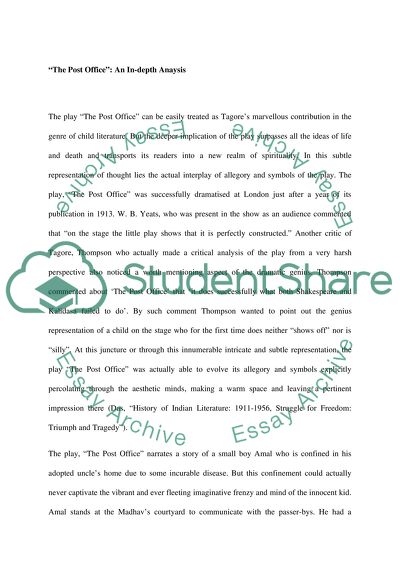Cite this document
(“Allegory and Symbolism in The Post Office Essay”, n.d.)
Retrieved from https://studentshare.org/literature/1425903-allegory-and-symbolism-in-tagore-s-the-post-office
Retrieved from https://studentshare.org/literature/1425903-allegory-and-symbolism-in-tagore-s-the-post-office
(Allegory and Symbolism in The Post Office Essay)
https://studentshare.org/literature/1425903-allegory-and-symbolism-in-tagore-s-the-post-office.
https://studentshare.org/literature/1425903-allegory-and-symbolism-in-tagore-s-the-post-office.
“Allegory and Symbolism in The Post Office Essay”, n.d. https://studentshare.org/literature/1425903-allegory-and-symbolism-in-tagore-s-the-post-office.


